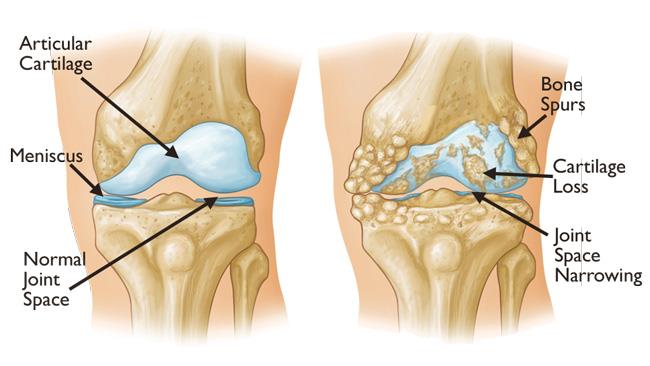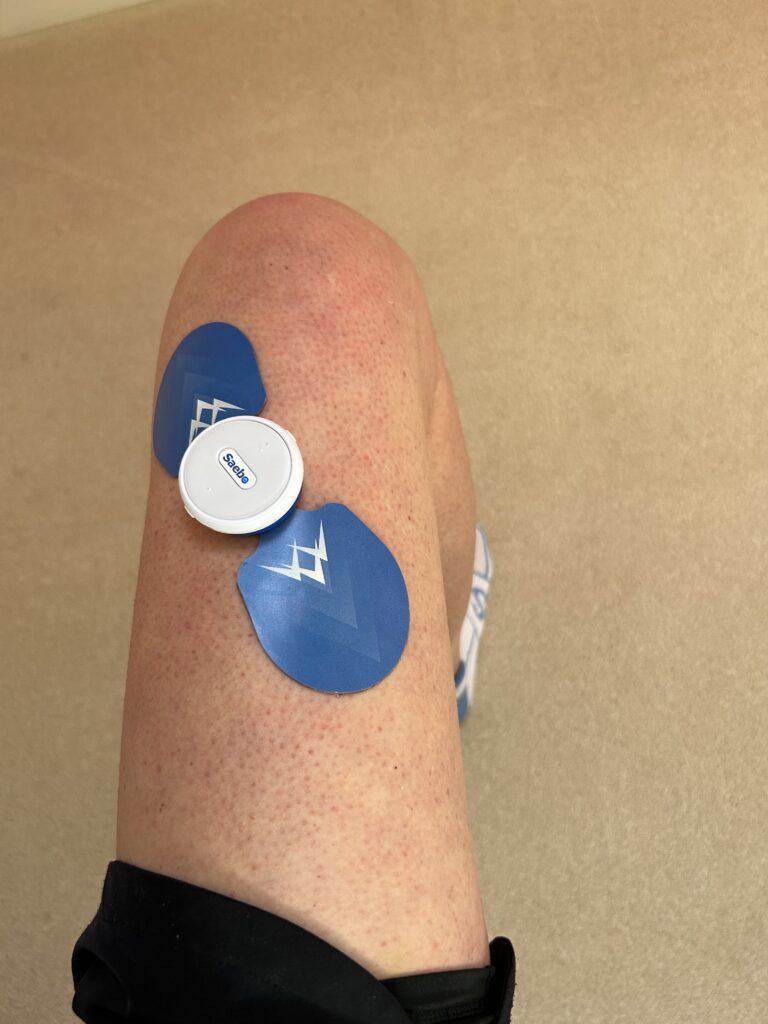How NMES Can Help Relieve Arthritis Symptoms and Improve Mobility
Amy Bean
Tuesday, April 15th, 2025
Arthritis reliefArthritis supportChronic pain solutionsJoint pain managementNeuromuscular electrical stimulationNMES therapyNon-invasive arthritis treatmentSaebo rehabilitation
Arthritis is a musculoskeletal condition in which the body’s joints wear over time leading to pain, stiffness, reduced function and mobility. The severity of the condition varies person to person, and symptoms can be intermittent. With over 10 million people suffering from Osteoarthritis in the UK, or 1 in 6 people, there are many people having their every day life impacted by this condition.

The most common joints affected are the knee, (approximately 5.4 million people), and the hip (approximately 3.2 million people).
Cartilage wears, joint space is reduced, and bony spurs develop on the joint surface , all leading to a joint that is painful to move and weight bear on.
Long term management can include surgery (e.g. joint replacements) and /or pharmaceutical management for pain. Non invasive management can include therapeutic exercise, education and weight loss where relevant, with the goal to improve pain and function for this long term, disabling condition.
Although therapeutic exercise such as movement and strengthening are beneficial, some people are unable or reluctant to perform these due to pain, limited mobility, and stiffness. This can lead to a downward spiral with worsening mobility, obesity in some cases, and low mood which in turn all exacerbate the condition.
Research has shown that people with a long-term musculoskeletal condition such as arthritis are about twice as likely to be physically inactive than those without. This resulting inactivity makes the maintenance of skeletal muscle mass, strength, and power challenging.
NMES or Neuromuscular Electrical Stimulation can be utilised to help counteract the secondary effects of reduced activity by helping maintain muscle bulk, joint range and strength. NMES produces an involuntary muscle contraction by sending an electrical signal along our peripheral nerves. This is delivered to the target muscle via surface electrodes that stick to the skin.
For example, if someone is suffering from arthritis of the knee, it can be used on the quadriceps muscle to help prevent the reduction in muscle fibre number and size which leads to atrophy and weakness. It can also help prevent deconditioning of the muscle which can lead to fatigue. Muscle atrophy around the joint leads to more pressure going through the arthritic joint, therefore using NMES to maintain muscle bulk helps manage the load through the joint and therefore maintain mobility.

Our SaeboStim One can be positioned on the quadriceps muscle to deliver an electrical signal for muscle contraction as shown in this image.
The device has an 8 second on and 8 second off duty cycle that repeats. This gives approximately 30 repetitions every 10 minute period that the device is running. For a painful and stiff joint, this number of repetitions for muscle strengthening may not be otherwise possible.
With regular and prolonged use, it is possible that NMES can provide strengthening benefits like those of voluntary exercise, if prescribed with a sufficient dose and intensity. The NMES should be used with to give high number of repetitions, enough stimulation strength to deliver a strong contraction and regularly.
Ideally NMES would be used alongside therapeutic management to gain wider benefits from both voluntary and involuntary muscle contractions but it can deliver benefits on its own if the person is limited with what they can do otherwise. A unique advantage of NMES is that can be very specific to areas and muscles that need to be targeted through the electrode placement. If there are multiple muscles that need working, there are devices such as our SaeboStim Pro that have 2 channels to work 2 muscles at the same time. The SaeboStim Pro also has 3 pre set TENS programmes specifically for pain relief that can be used in addition to muscle strengthening to manage the pain associated with arthritis (read our previous blog on TENS to learn more).
NMES can be used for muscle strengthening around other joint areas affected by arthritis or pain such as the lower back. Richard Sealy, Director and Physiotherapist at Neuro Rehab Practice found the SaeboStim One for one of his clients particularly effective at managing their low back pain:
“The SaeboStim One was introduced with immediate benefit, providing instant relief matching the result of the TENS machine, but with easy independent placement and no cable or electrode issues.
The client’s reported pain reduced from a VAS (visual analogue score) score of 7/10 to 0-2/10 using the SaeboStim One when compared to no stimulation.“
Once you start using NMES for deconditioning the options for application are wide and varied so see what it could do for you or your client.
Remember our Clinical Team at Saebo is always on hand to help answer questions you may have about any information covered in this blog.